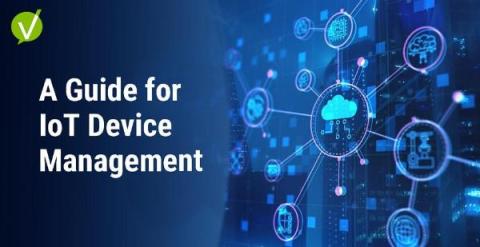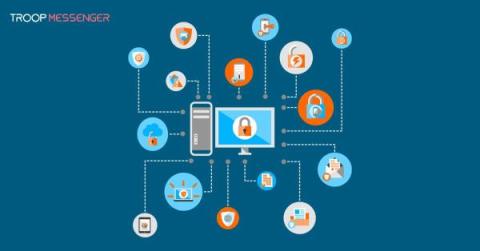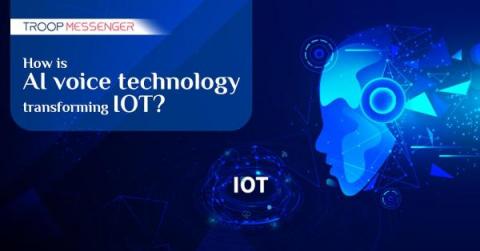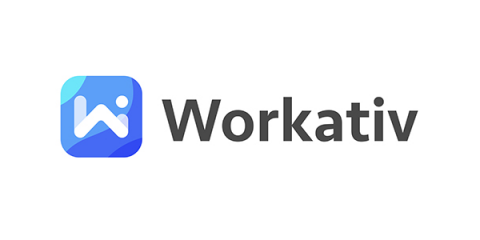Teams | Collaboration | Customer Service | Project Management
IoT
The Future of IoT Security: Trends and Insights
Creating a safe space for Internet users is the goal of dozens of companies. They are interested in developing tools that will improve security systems. Those planning to join app developers should also pay attention to this issue. It may require 800 payday loans, but the main thing is the result. A review of the main characteristics will help you discover the current state of IoT security.
How to Grow in your IoT Career
How is AI Voice Technology Transforming IOT?
Newer, AI-powered voice technologies are transforming the Internet of Things industry. These new voice technologies and voice generators give IoT devices natural and responsive interactions with human users. They also reduce the need for screen interfaces and improve security by making it harder for hackers to break into devices. You might have seen negative user experiences with early IoT devices. They were partly due to clunky controllers and screens that were tedious to use.
Courier Live: Controlling IoT using the Webhook Provider
Use your IoT data to create a better customer experience
Customers are engaging with more connected devices than ever before—they’re getting around on smart electric scooters, slyly reading text messages on Apple Watches during meetings, and telling Amazon Alexa which Cardi B song to play next—all of which is part of a phenomenon known as the Internet of Things (IoT). And, this is only the tip of the hyper-connected iceberg. The International Data Corporation (IDC) estimates that there will be 41.6 billion connected devices in 2025.
Why Is It (IoT) Internet Of Everything (IoE)?
With the whole world flocking towards IoT market, businesses are rushing themselves to produce more and more smart devices. Even though its first foundation was laid in the late 1980s by students from Carnegie Mellon University, the actual boom began when the thought model for future interconnection environment was proposed, in 2004.








